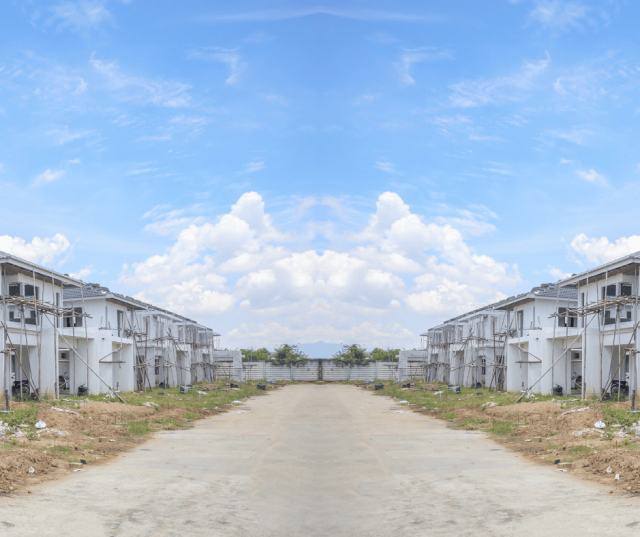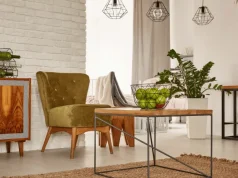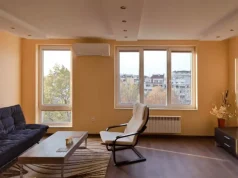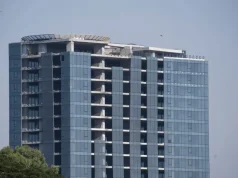Prefabricated Houses in Bangalore | Everything You Must Know
Prefabricated homes may be familiar if you look at housing possibilities in Bangalore. Prefabricated homes are becoming increasingly popular, particularly in cities like Bangalore, since traditional home-building techniques have experienced a dramatic transformation. As more individuals look for sensible and affordable substitutes for traditional residences, the phrase “prefabricated houses in Bangalore” is becoming more and more prevalent.
City life is changing thanks to these contemporary residences, also referred to as prefab or modular houses. Discover all there is to know about prefabricated homes in Bangalore with this educational blog post from Propex.
We’ll look at their benefits, how they’re built, case studies, and how they affect the real estate market.
Also Read: What are builder floor apartments
What Are Prefabricated Houses?
Prefab houses are a modern solution to traditional construction. Instead of building homes on-site, these houses are assembled in a controlled factory environment. The components, like building blocks, are transported to the final location and assembled.
This approach is gaining popularity for a few good reasons.
Why Choose Prefabricated Houses in Bangalore?
Contrary to the misconception of prefab houses as cookie-cutter structures, architects and designers in Bangalore have successfully incorporated unique architectural styles.
- Cost-Effectiveness:
Prefab houses are more affordable than traditional homes. They use a streamlined process and mass production, lowering overall costs.
- Quick Construction:
If you’re hurrying to move in, prefab houses are a great option. They take much less time to build compared to traditional homes.
- Eco-Friendly:
Prefab houses are designed with the environment in mind. They use eco-friendly materials and efficient construction methods, reducing waste.
- Customizable Designs:
Forget the idea that prefab houses all look the same. Architects and designers are getting creative, offering unique styles and designs.
- Energy Efficiency:
Prefab houses are built with energy efficiency in mind. They have smart features to save energy, making them environmentally friendly.
Also Read: What are carpet area and super built up area
Innovative Designs and Customization Options
The modular nature of these houses provides flexibility in terms of customization and expansion, allowing homeowners to create specific layouts.
- Flexibility in Modular Construction
The modular nature of prefabricated houses allows homeowners to choose from various modules and floor plans.
- Personalization Opportunities for Homeowners:
Homeowners can personalize their living spaces, from selecting interior finishes and fixtures to integrating advanced smart home technologies.
Technology and Automation in Prefabricated Construction
The way we build houses has gotten much better with new technologies. Prefabricated houses built in a factory have also benefited from these improvements. Imagine cool tools like Building Information Modeling (BIM) and computer-aided manufacturing (CAM).
These tools help us design and make houses more accurately and efficiently. It’s like having super-smart computer programs that ensure everything fits together perfectly when building houses.
- Automation Processes and Robotic Construction
Automation processes and robotic construction equipment streamline production and assembly, speeding up the construction process and ensuring consistent quality.
- Role of Artificial Intelligence (AI) in Prefabrication
Prefabricated home design and construction are optimized using artificial intelligence (AI). Through data analysis, artificial intelligence (AI) algorithms offer insights for better building methods and more effective use of resources.
Overcoming Challenges in Prefabricated Construction
Despite the advantages, prefabricated houses in Bangalore face challenges such as perception issues and unique regulatory considerations. However, technological advancements and innovative design have effectively countered these challenges, highlighting the benefits of prefab homes.
- Changing Perceptions
Some people see prefab houses as cheap or low-quality. However, advancements in technology and design are dispelling these myths.
- Regulatory Considerations
Prefab houses face unique regulations, but as the industry grows, regulations are adapting to ensure safety and quality.
- Quality Assurance
Strict measures and high-quality materials are used in prefab house construction to ensure durability and quality.
The Future of Prefabricated Houses in Bangalore
Growth and Technology
The future looks promising for prefab houses in Bangalore. As urban populations grow, the demand for affordable and efficient housing will fuel their popularity. Anticipated advancements in technology will enhance the appeal and versatility of prefab houses.
Smart Home Integration
Prefab houses are adapting to the tech-savvy world. Integrating smart home technology offers residents convenient and efficient living experiences.
Collaboration for Innovation
Collaboration between prefab builders and architects is essential to meet evolving demands. Working together ensures innovative designs that balance aesthetics, functionality, and cost-effectiveness.
Sustainability and Energy Efficiency
Eco-Friendly Practices
Sustainability is a top priority. Manufacturers use eco-friendly materials, contributing to reduced environmental impact.
Renewable Energy Integration
Prefab houses can seamlessly integrate renewable energy sources like solar panels, reducing carbon footprints and energy costs.
Energy-Efficient Features
Prefab houses focus on energy efficiency, from advanced insulation techniques to energy-saving appliances, ensuring a comfortable yet sustainable living space.
Social Impact
Addressing Low-Income Housing Needs
Prefab houses can provide affordable solutions for low-income communities, positively impacting living conditions.
Initiatives for Affordable Housing
Collaborative initiatives aim to create affordable housing through prefab construction, promoting livable communities for those with limited financial resources.
Smart Home Technology Advancements
Home Automation for All
As the demand for smart home tech rises, prefab houses are well-suited for integration. Residents can control various features for enhanced convenience and comfort.
Connectivity for Everyone
Prefab houses offer seamless connectivity, integrating high-speed internet and smart devices for a technologically advanced living environment.
Challenges and Opportunities for Real Estate
Shifting Preferences
Real Estate Professionals’ Role
Real estate professionals need to understand and highlight the advantages of prefab homes. With Propex, you can adapt to changing preferences, ensuring effective marketing and sales.
Builders’ Responsibilities
Builders play a crucial role in shaping public perception. Prioritizing quality craftsmanship, sustainability, and innovative designs showcases the potential of prefab construction.
Future Trends and Innovations
New Materials
Advances in materials science will revolutionize prefab construction, enhancing structural integrity, durability, and energy efficiency.
Sustainable Material Integration
Prefab houses will continue to use sustainable and recycled materials, aligning with growing concerns about sustainability.
Hybrid Construction
The future might see a blend of off-site and on-site construction methods, offering innovative and adaptable solutions for urban living.
Impact on Urban Planning and Infrastructure
Sustainable Urban Development
Prefab houses can contribute to sustainable urban development in Bangalore. Prefab homes provide a challenge to conventional building techniques. Although this presents a problem.
However, it also offers the real estate industry an opportunity to adapt and use the benefits of prefabricated structures. Well-designed and sustainable communities may be produced via cooperation between prefab builders, architects, and urban planners.
Local Authorities’ Role
Local authorities can support the integration of prefab houses by creating clear regulations that address prefab construction methods.
Infrastructure Considerations
As prefab houses become more common, planners must consider transportation, assembly sites, and utility connections to support their growth.
Conclusion
From affordability and efficiency to sustainability and innovation, prefab houses offer a new way to build and live in cities. The rising popularity of prefab houses reflects a response to the challenges of traditional construction. The future of prefabricated houses in Bangalore looks bright, promising a harmonious blend of innovation, sustainability, and community-centric living.
Whether you’re a prospective homeowner, a real estate professional, or an urban planner, with Propex, you can understand the depths of prefab houses in Bangalore’s changing housing market.





